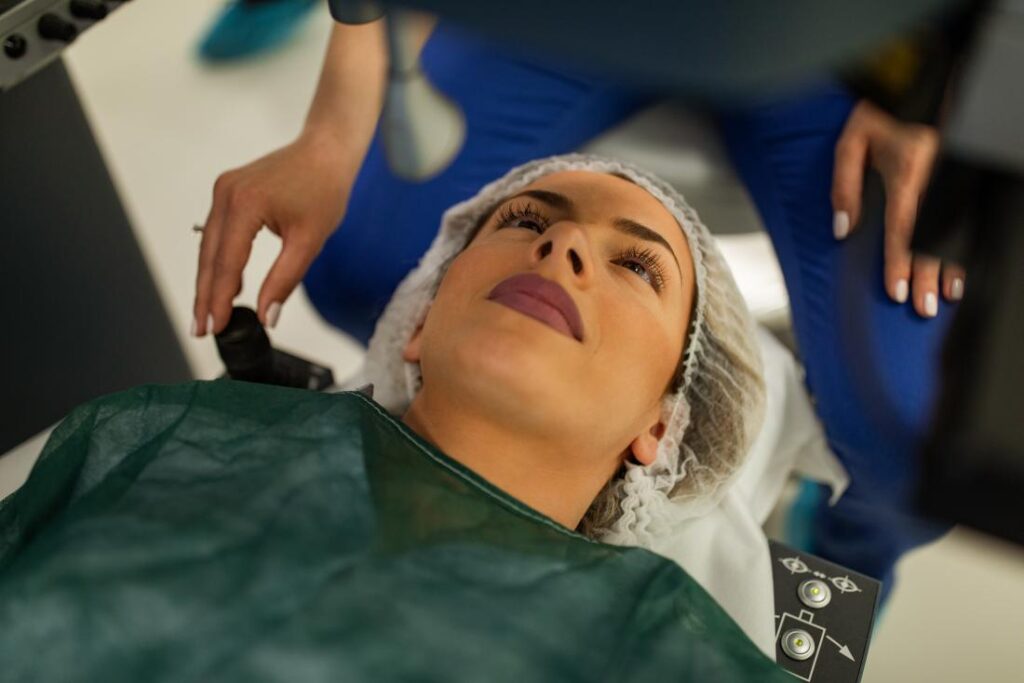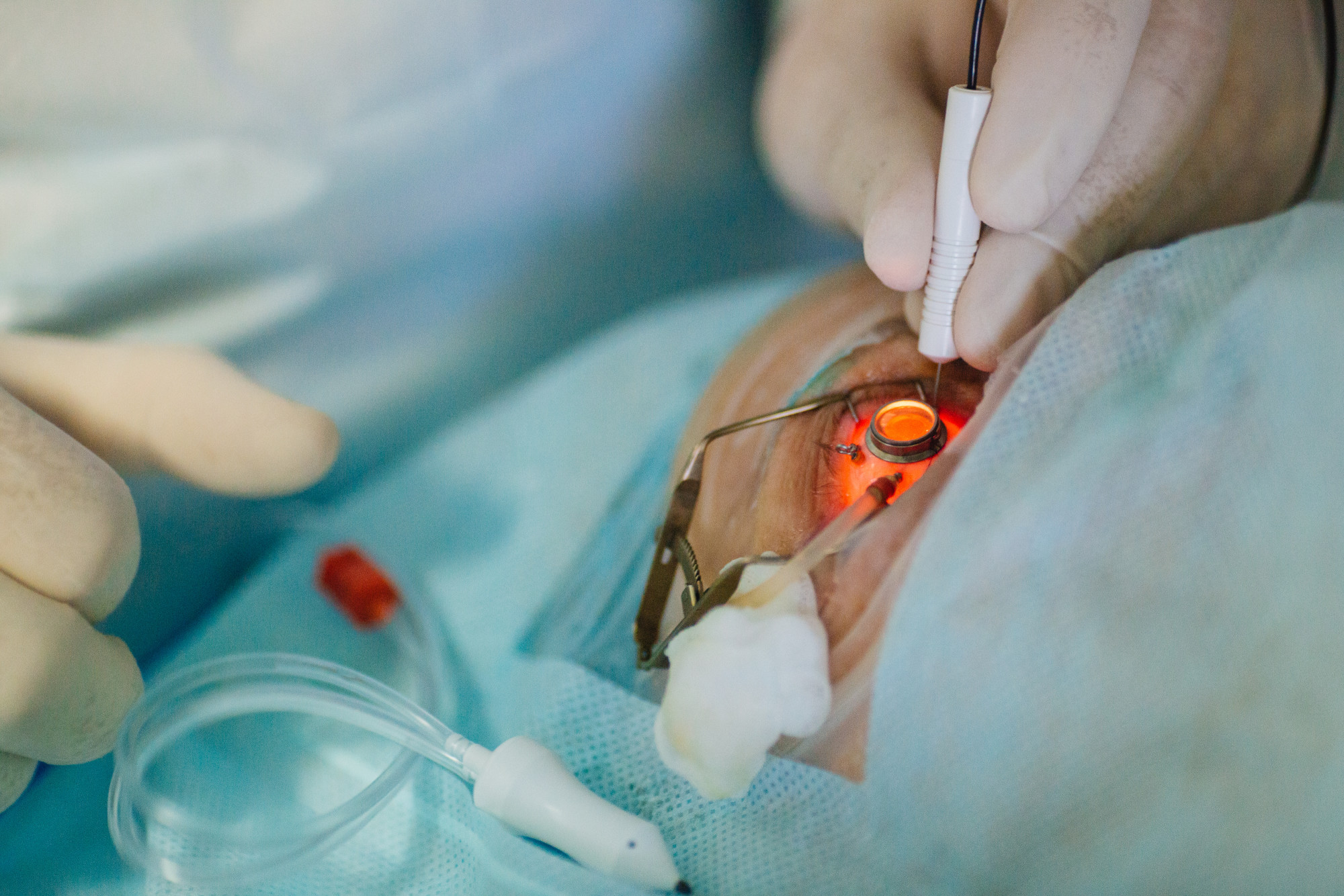What to Expect Before and After a Cataract Operation
Cataract surgery is one of the most commonly performed medical procedures worldwide, offering significant improvements in vision for those affected by cataracts. Understanding the various stages of this surgical journey is essential for patients and their caregivers. This article will provide a detailed overview of what to expect before, during, and after a cataract operation.
Understanding Cataracts
Cataracts develop when the clear lens of the eye becomes cloudy, impairing vision. This condition may onset gradually or progress rapidly, depending on various factors, including age, genetics, and environmental influences.
Understanding the entire process from diagnosis to recovery can help alleviate concerns surrounding cataract operation. By staying informed and maintaining open lines of communication with eye care professionals, patients can expect a successful surgical outcome and a significant improvement in their quality of life. Moreover, sharing experiences with fellow patients or support groups can provide emotional comfort and practical advice during the recovery journey.

Definition and Causes of Cataracts
A cataract is a clouding of the lens in the eye that affects vision. While aging is the most prevalent cause, other factors such as diabetes, prolonged exposure to UV radiation from sunlight, and certain medications can also lead to cataract formation.
Furthermore, cataracts can be classified into several types, including nuclear, cortical, and posterior subcapsular cataracts, each varying in location within the lens and symptoms experienced by the patient. Understanding these distinctions can help in managing expectations for the surgery and recovery process. For instance, nuclear cataracts typically develop in the center of the lens and are often associated with aging, while cortical cataracts form at the edges and can create a wedge-like opacification, affecting peripheral vision. Posterior subcapsular cataracts, on the other hand, occur at the back of the lens and can significantly impair reading vision and contrast sensitivity.
Common Symptoms of Cataracts
Individuals with cataracts may experience symptoms such as blurred or cloudy vision, difficulty seeing at night, sensitivity to light and glare, and changes in color perception. These symptoms can progressively worsen and significantly impact daily activities.
In addition, some patients report having double vision or seeing “halos” around lights. If these symptoms are becoming more pronounced, it may be time to consult an eye care professional for a detailed assessment. Regular eye examinations are crucial, especially for those at higher risk, as early detection can lead to timely intervention. Moreover, lifestyle changes, such as wearing sunglasses to protect against UV rays, managing diabetes effectively, and maintaining a healthy diet rich in antioxidants, may help in delaying the onset of cataracts and preserving vision for a longer period.
Preparing for a Cataract Operation
Preparation for cataract surgery encompasses several steps that are crucial to ensure a smooth procedure and optimal outcomes. Patients must engage in thorough discussions with their eye care team to fully comprehend what lies ahead.
Initial Consultation and Eye Examination
The journey begins with an initial consultation, where an ophthalmologist performs a comprehensive eye examination. This assessment includes evaluating vision quality and determining the type and severity of the cataracts.
During this visit, the surgeon may also measure the eye’s shape and size, which is essential for selecting the proper intraocular lens (IOL) that will be implanted during the surgery. Patients will have the opportunity to ask questions and discuss any concerns they may have about the procedure. Additionally, the ophthalmologist may discuss the various types of IOLs available, including monofocal, multifocal, and toric lenses, each offering different benefits depending on the patient’s lifestyle and visual needs.
Choosing the Right Surgeon
Choosing a qualified and experienced eye surgeon is critical. Patients should look for board-certified ophthalmologists who specialize in cataract surgery. Personal recommendations, online reviews, and hospital affiliations can assist in making this important decision.
Moreover, potential candidates should consider the surgeon’s approach and whether they feel comfortable and confident in their abilities. Building a good rapport can enhance the overall experience and aid in the healing process. Patients might also want to inquire about the surgeon’s success rates and any advanced technologies they utilize, such as femtosecond laser-assisted surgery, which can offer increased precision and potentially faster recovery times.
Pre-Operation Instructions
As the surgery date approaches, the ophthalmologist will provide a set of pre-operation instructions to ensure that the patient is adequately prepared. These may include guidelines for medications to stop or continue, dietary restrictions, and specific eye drops to use prior to surgery.
It is also crucial to arrange for transportation to and from the procedure, as post-operative vision may be temporarily impaired. Patients are advised to have a friend or family member accompany them for support. Furthermore, patients should prepare their home environment for recovery by ensuring that they have a comfortable space to rest, as well as easy access to necessary items, such as medications and reading materials. Understanding the importance of following post-operative care instructions, including attending follow-up appointments, can significantly influence the healing process and the overall success of the surgery. Learn more about environment on https://jgu.edu.in/blog/2024/03/07/what-is-environmental-studies/
The Cataract Operation Procedure
Understanding the actual procedure can significantly ease anxiety for first-time patients. The cataract operation itself is relatively quick and typically performed on an outpatient basis. This means that patients can return home the same day, allowing for a more comfortable recovery in familiar surroundings.
An Overview of the Procedure
The most common method for cataract removal is called phacoemulsification. During this procedure, the surgeon makes a small incision in the eye and uses an ultrasonic device to break up the cloudy lens into tiny fragments, which are then gently suctioned out. This technique is favored for its minimally invasive nature and has a high success rate, with many patients experiencing significant improvements in vision shortly after the operation.
Once the cataract is removed, the surgeon inserts a premium intraocular lens to replace the natural lens. This IOL can help restore clear vision, and patients can often choose from various types of lenses based on their visual needs. Options may include monofocal lenses for single-distance vision, multifocal lenses for both near and far vision, or toric lenses for those with astigmatism. The choice of lens can greatly influence the quality of vision post-surgery, making it essential for patients to discuss their lifestyle and visual requirements with their surgeon.
Anesthesia and Patient Comfort
Most cataract surgeries are performed under topical anesthesia, which numbs the eye’s surface, allowing patients to remain awake and comfortable. In some cases, sedation may also be provided to help alleviate anxiety. This combination ensures that patients are relaxed yet aware enough to follow any instructions given during the procedure, such as looking in a specific direction.
The procedure is typically completed within 15 to 30 minutes, and patients often report only mild discomfort afterward. It is critical to communicate openly with the surgical team about comfort levels throughout the process. Surgeons are accustomed to addressing concerns and can adjust techniques or medications to enhance patient comfort, ensuring a smoother experience overall.
Post-Operation Immediate Care
After the surgery, the medical team will provide instructions for immediate post-operative care. Patients will be monitored briefly before being discharged. It is common to experience blurred vision or mild irritation as the eye begins to heal. These symptoms are usually temporary, and most patients notice gradual improvement in their vision over the following days.
Eye shields or protective glasses may be recommended to prevent unintended pressure or trauma to the eye. Patients should be meticulous about adhering to prescribed eye drop regimens, which help reduce inflammation and prevent infection. Additionally, it is advisable to avoid strenuous activities and swimming for a few weeks post-surgery, as these can increase the risk of complications. Regular follow-up appointments will be scheduled to monitor healing and ensure that the new lens is functioning correctly, allowing patients to enjoy the full benefits of their restored vision. To read more about infection click here.
Recovery After a Cataract Operation
The recovery period post-cataract surgery is a crucial time during which patients can expect a gradual improvement in their vision. Patience is essential as full healing may take several weeks.

Typical Recovery Timeline
Most individuals notice an immediate improvement in vision within a few days after surgery, but it may take up to a month or more for their vision to stabilize. During this time, patients should rest their eyes as needed and avoid strenuous activities or environments that may irritate the eyes.
Follow-up appointments are essential in this recovery phase. These visits allow the surgeon to monitor the healing process and make adjustments to the treatment plan as necessary. Patients are often advised to keep a journal of their vision changes, noting any fluctuations or discomfort, which can be invaluable during these follow-up visits.
Learn about cataract surgery on: The Truth About Cataract Surgery in Australia and Recovery Time
Post-Operation Symptoms and Healing
Common post-operative symptoms include mild discomfort, sensitivity to light, and fluctuating vision. These symptoms are typically temporary and should gradually resolve. However, if patients experience severe pain, significant vision loss, or signs of infection (such as increased redness or discharge), they should contact their healthcare provider immediately.
Engaging in gentle activities like reading or watching television can be therapeutic during recovery, but it’s advisable to avoid high-impact sports or swimming until cleared by the surgeon. Additionally, using sunglasses outdoors can help mitigate light sensitivity and protect the eyes from dust and debris, which is particularly important in the early days of recovery.
Follow-up Appointments and Long-Term Care
Follow-up appointments are critical for ensuring healthy healing and monitoring the effectiveness of the IOL placement. During these visits, the ophthalmologist will assess visual acuity and check for potential complications. Patients may also be given specific exercises or tips to enhance their recovery, such as eyelid hygiene practices that can help prevent infections.
Long-term care involves continuing routine eye examinations to monitor eye health and adjust prescriptions if necessary. Patients are encouraged to maintain a healthy lifestyle that supports eye health, including proper nutrition, regular exercise, and avoiding smoking. Foods rich in antioxidants, such as leafy greens and fish high in omega-3 fatty acids, can contribute positively to eye health. Staying hydrated and managing chronic conditions like diabetes or hypertension is also essential in preserving vision over the long term.







